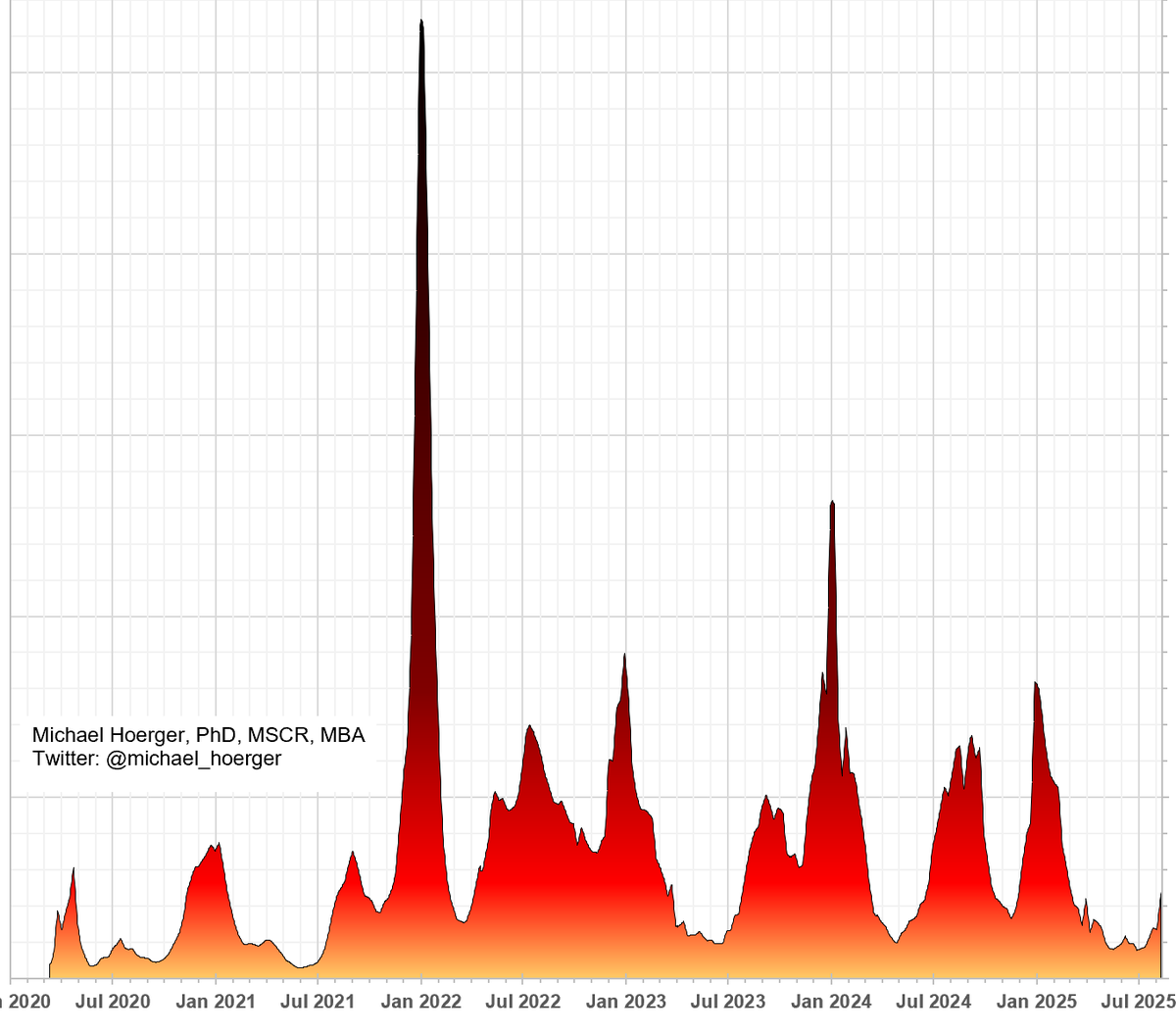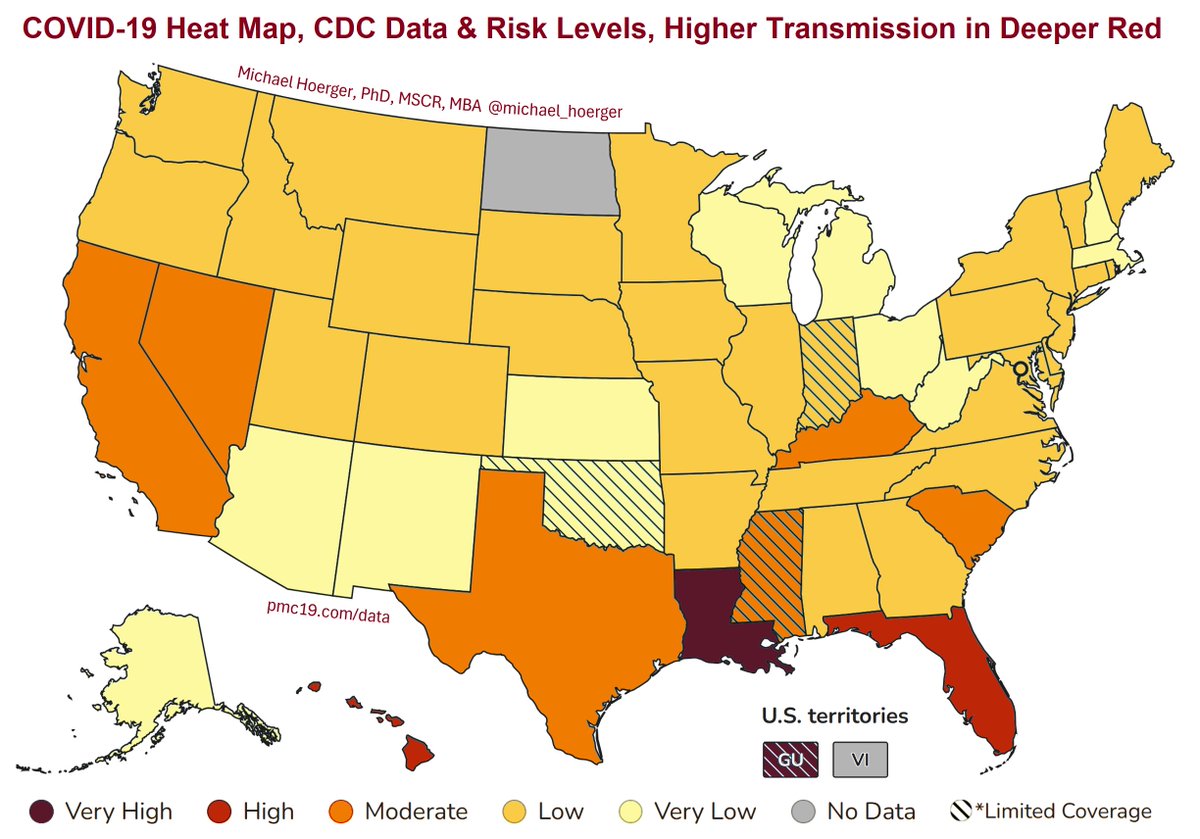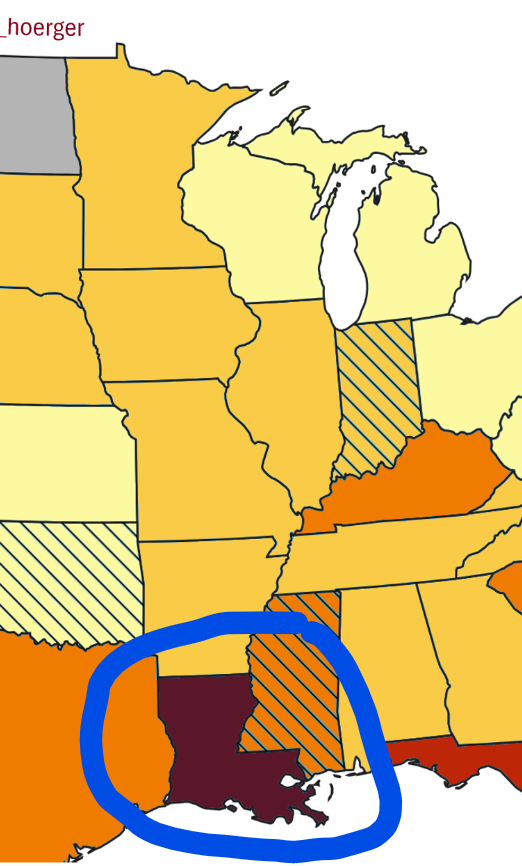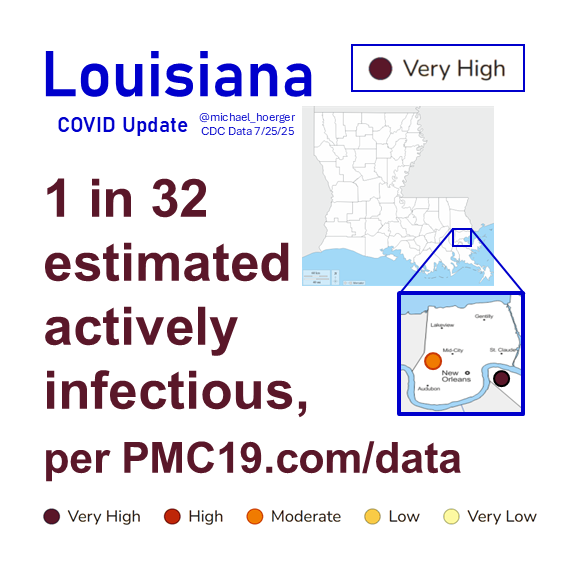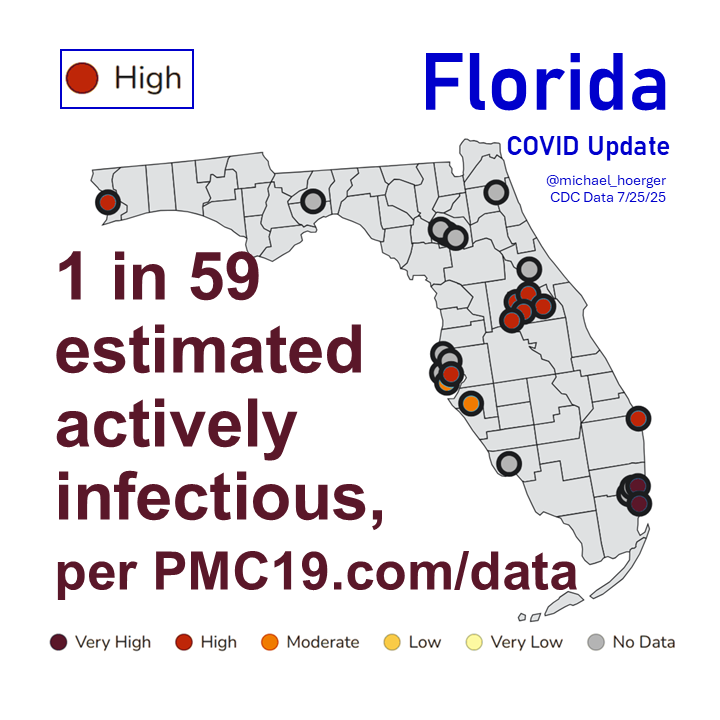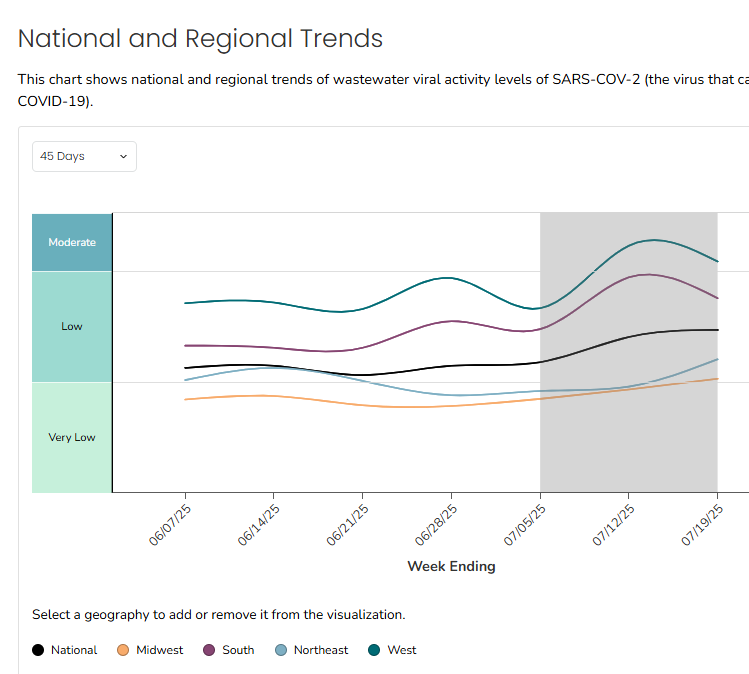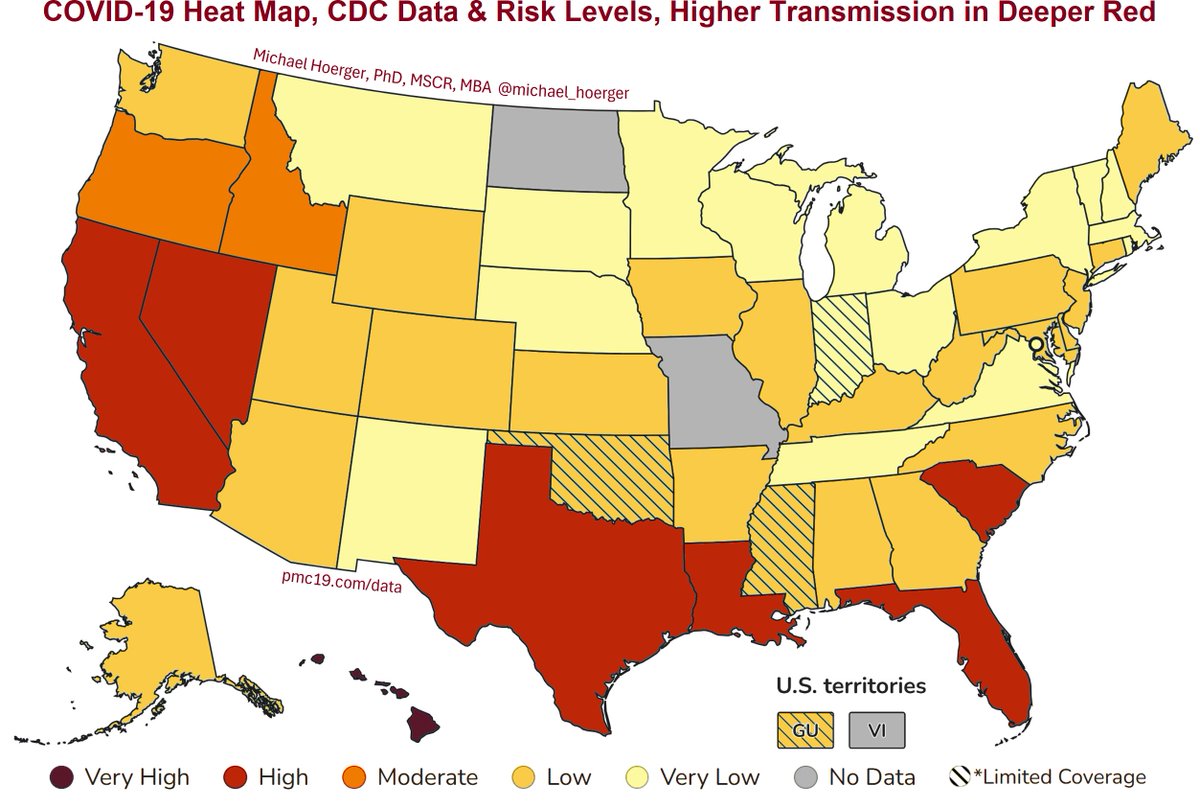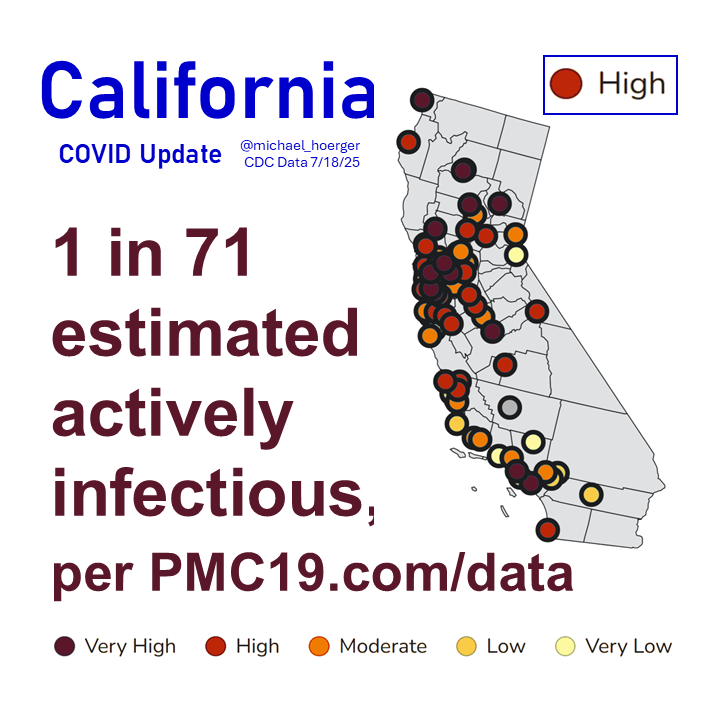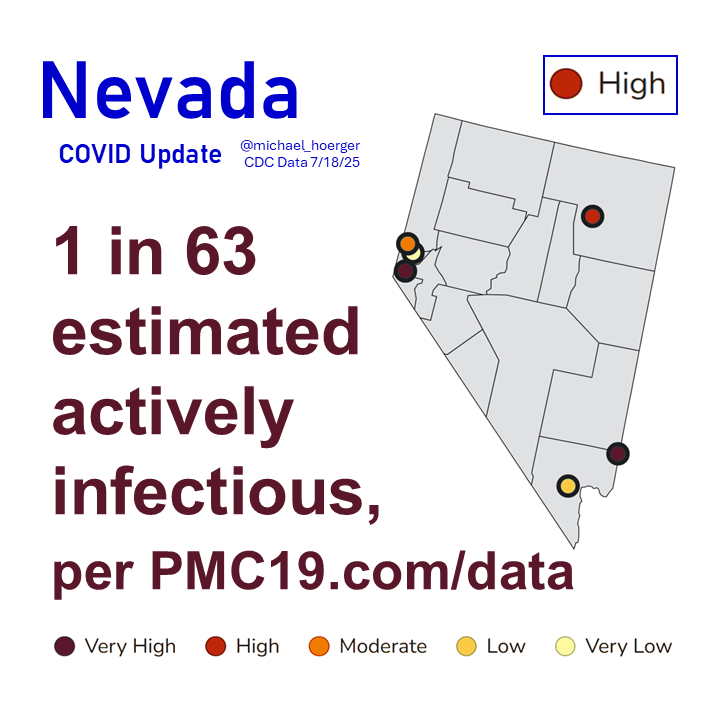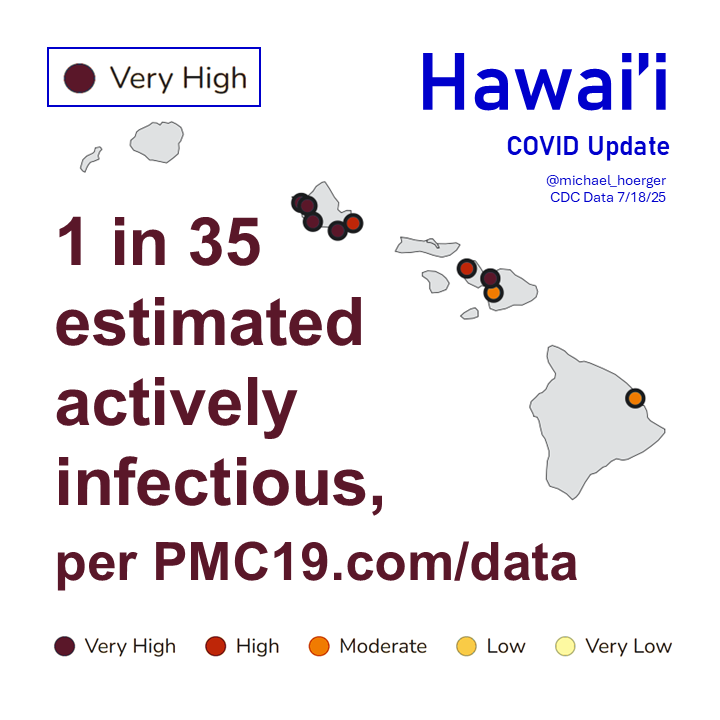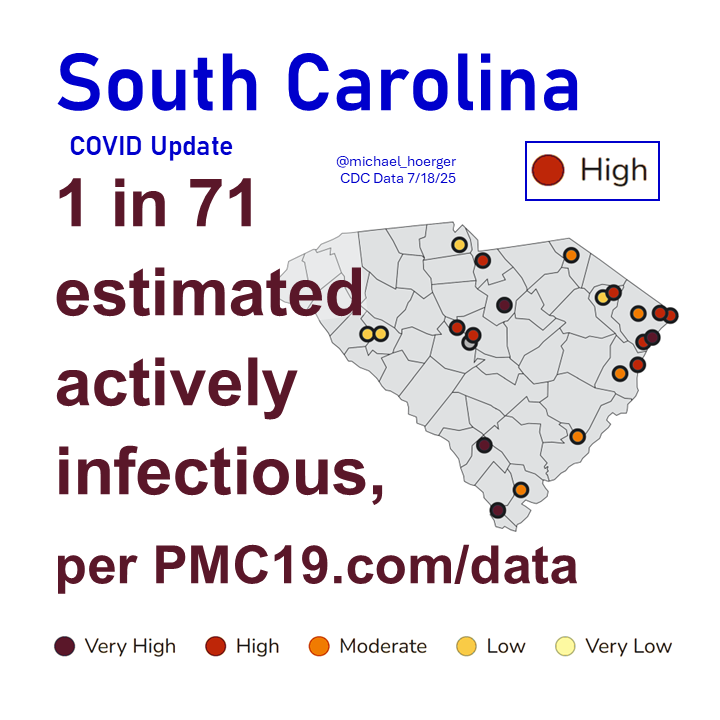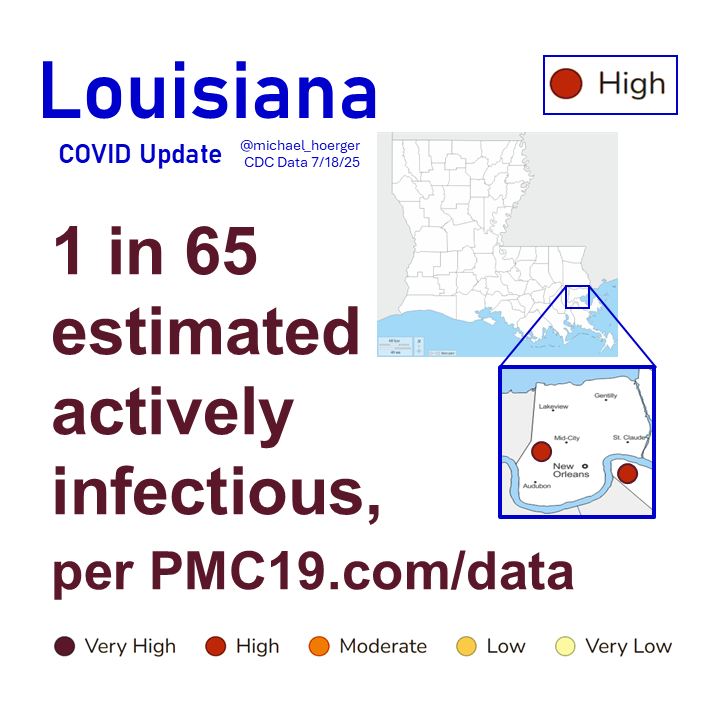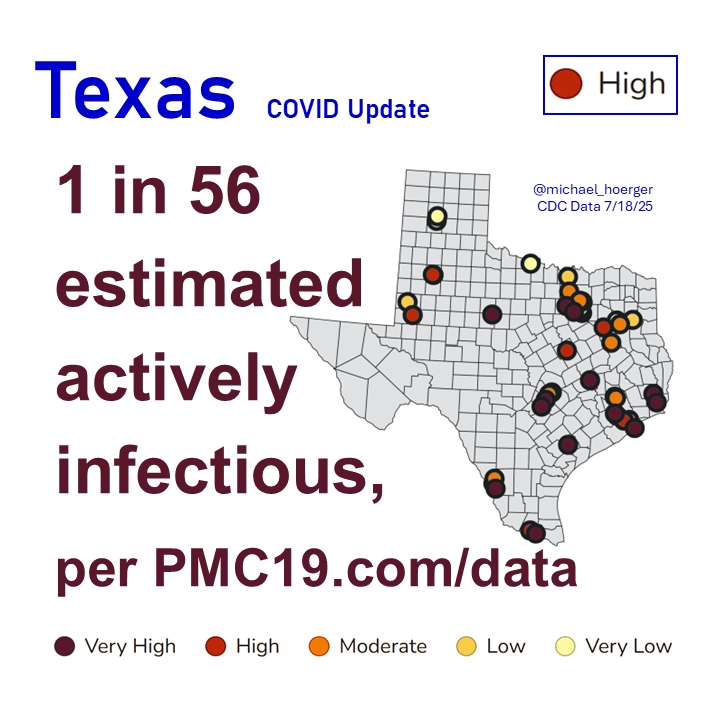I've yet to see a well-designed study showing that #COVID #RapidTests are no longer efficacious.
This one is no exception. Why?
5 reasons.
clinicalmicrobiologyandinfection.com/article/S1198-…
This one is no exception. Why?
5 reasons.
clinicalmicrobiologyandinfection.com/article/S1198-…
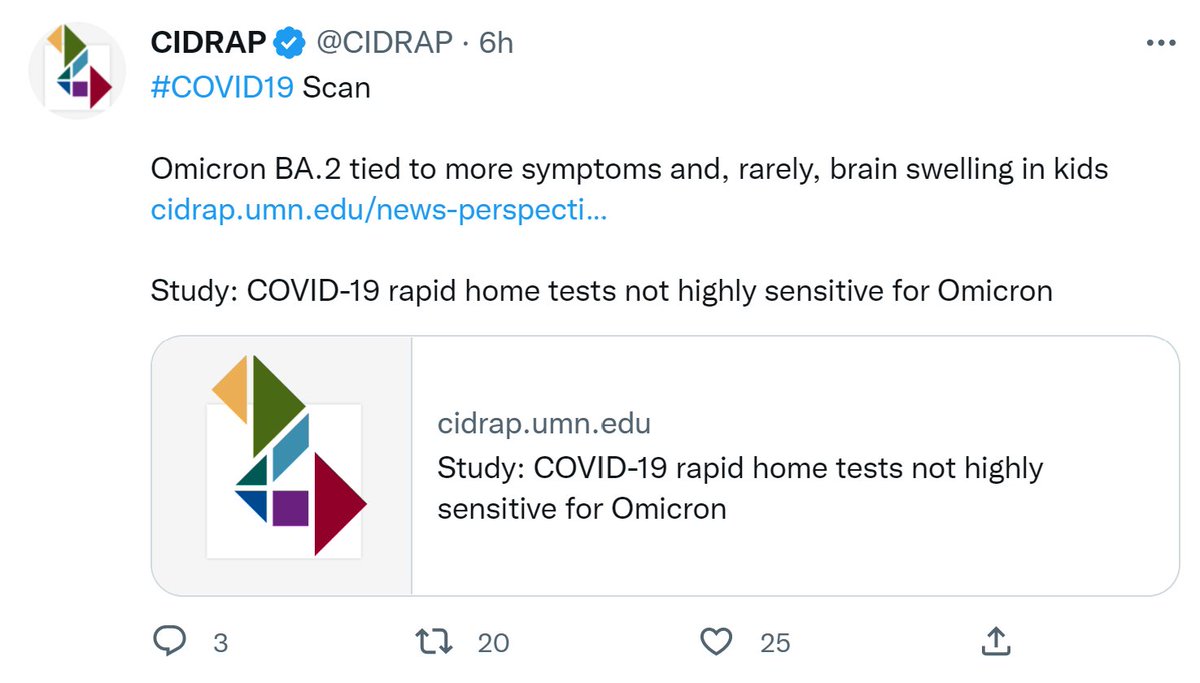
1. They compare same-day PCR against self-administered/interpreted rapid tests.
For most ppl, that's not reality. It's RAT today or PCR result in 1-3 days (or do both).
A fairer comparison would be a RAT today versus a PCR yesterday (since you'd have to wait for results).
For most ppl, that's not reality. It's RAT today or PCR result in 1-3 days (or do both).
A fairer comparison would be a RAT today versus a PCR yesterday (since you'd have to wait for results).
2. They excluded 13% of the sample who were "confirmatory testers" (weird term) -- basically, people who had just tested RAT+ and were coming in for a PCR.
Basically, they excluded the people for whom the test easily worked. Drug trialists pull this stuff all the time.
Basically, they excluded the people for whom the test easily worked. Drug trialists pull this stuff all the time.
3. The study excluded ppl with symptoms. Some people use RATs before socializing to reduce risk (hopefully with other Swiss Cheese slices). BUT many use RATs when symptomatic. I don't think the study fairly represents how RATs are being used. 

4. As RATs became more common, many novices started using them without following instructions well. It would have been helpful if the researchers also administered and interpreted a RAT. I suspect the diminished utility is more "user error" than a property of the test. Fixable.
5. RATs detect most closely the infectious window. A PCR will flip positive a litter earlier & stay positive longer. If a goal is to prevent forward transmission, rather than merely diagnosis, then studies like this are not testing hypotheses with real-world significance.
Mina:
Mina:

Overall, I see RATs as an important piece of mitigation. Even in this anti-RAT study, positive & negative predictive values were 85%-98% across tests (Table S2).
That's about as efficacious an N95 among a novice wearer. All of our shields have holes, so we combine them.
That's about as efficacious an N95 among a novice wearer. All of our shields have holes, so we combine them.

RAT efficacy estimates are much higher than many "too good to be true" interventions you see pushed heavily: SSRIs, enovid, nasal sprays. 🤣🤣🤣
The evidence that those protect against COVID is so poor as to harm by distraction. Go buy some bittrex.
The evidence that those protect against COVID is so poor as to harm by distraction. Go buy some bittrex.
https://twitter.com/michael_hoerger/status/1592259747964649472
• • •
Missing some Tweet in this thread? You can try to
force a refresh



